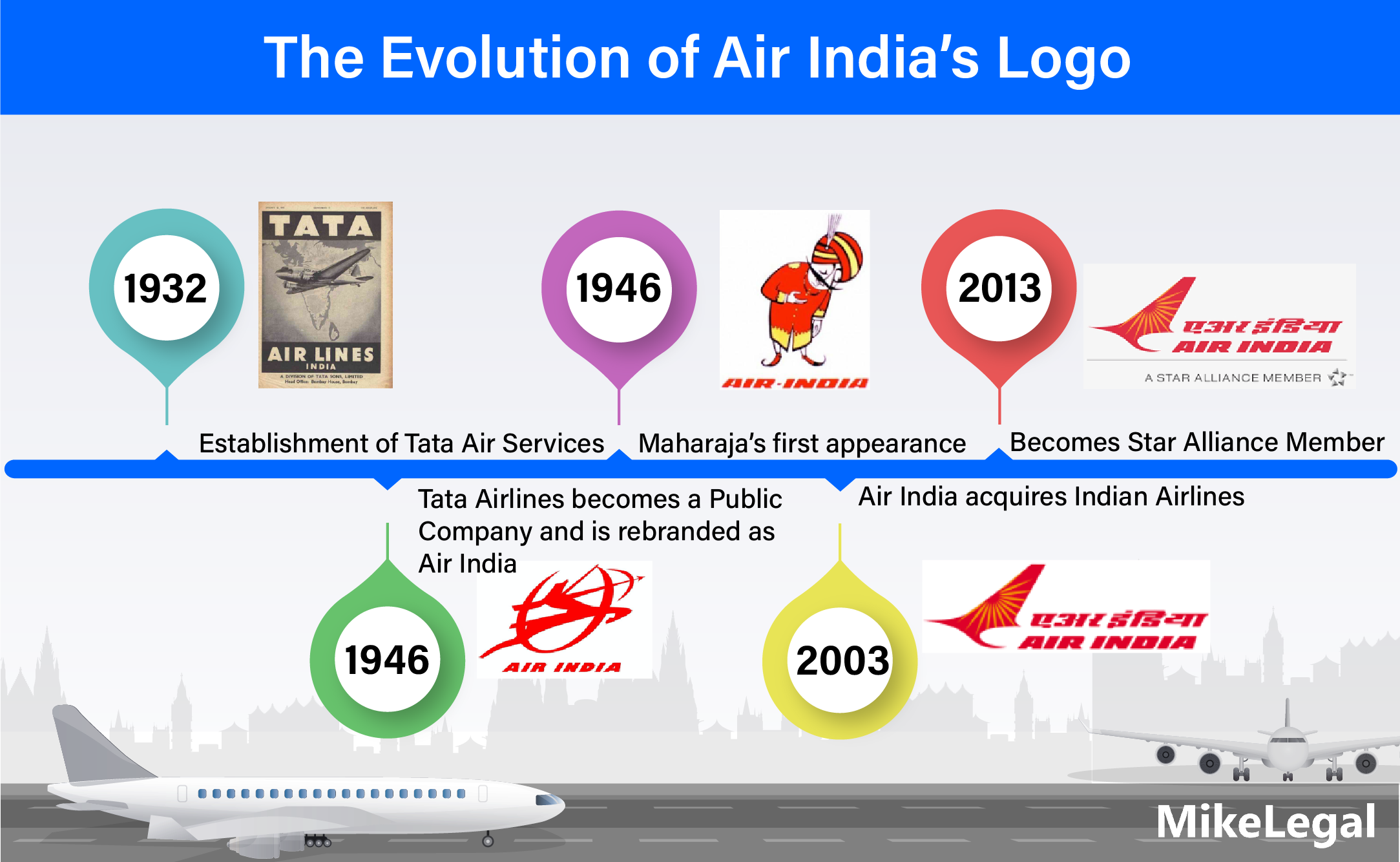India’s Flight of Dreams – The Air India Story
India’s iconic airline and once national carrier Air India has a rich and fascinating history. From being a frontrunner in the aviation sector to being a hero in mercy missions, Air India has made its own place in India’s legacy in the world. Did you know it was the first Asian carrier to introduce a jet aircraft in its fleet and also the world’s first airline to have an all-jet fleet in 1962? The carrier also holds the record for the largest evacuation operation by a civil aviator, when it flew 488 flights between Amman, Jordan and Mumbai, India evacuating roughly 1,11,000 expats stuck in the Middle East during the Gulf War.
This historically significant airline can trace its humble beginnings back to 1932, when pioneer industrialist JRD Tata started Tata Air Services. Tata being the first Indian to hold a flying license was so invested in the company, that he himself flew the first Tata Airlines consignment delivering mail from Karachi to Bombay. For JRD, a visionary of his time, he saw a new and emerging India, which would be one of the few countries in the world with its own airline. In 1946, Tata Airlines let the public of the nation invest in the company by way of an initial public offering. In 1953, the company went from being a public company to a public sector undertaking. The government acquired majority stakes in the airline and took over the management from Tata. Subsequently, Tata wouldn’t be a part of the airline industry of India for the next sixty years until 2013, when it launched Vistara in collaboration with Singapore Airlines.
 By 1946, the whole world knew of India’s Centaur. This centaur logo was a symbol of not only the airline but also a mark of India’s progress along with the world. JRD Tata’s personal interest reflects in the brand image Air India, as he personally hand-picked the air carrier’s logo which was a red centaur. This ninth zodiac sign on the calendar symbolizes strength and speed, a virtue Tata found befitting Air India’s commitment to perfection. The circumscribing circle around the centaur is believed to represent the wheels of the Konark. The mark remained in use from 1946 up until 2007.
By 1946, the whole world knew of India’s Centaur. This centaur logo was a symbol of not only the airline but also a mark of India’s progress along with the world. JRD Tata’s personal interest reflects in the brand image Air India, as he personally hand-picked the air carrier’s logo which was a red centaur. This ninth zodiac sign on the calendar symbolizes strength and speed, a virtue Tata found befitting Air India’s commitment to perfection. The circumscribing circle around the centaur is believed to represent the wheels of the Konark. The mark remained in use from 1946 up until 2007.
 The year 2007 was a big year for the airline as it saw a merger with the government’s short-haul carrier by the name of Indian Airlines. This change was significant of a paradigm shift in the Indian aviation sector which was on a stellar rise, accredited to the increasing purchasing power of middle-class domestic customers post-liberalisation reforms in 1991. After the merger, there was to remain online one airline that would call itself the national carrier of India. Hence, a new livery was introduced, a shape reminiscent of a flying swan. The swan’s wings were given the shape of the tail wing of an airplane. This was directed towards sending the message that Air India is like a majestic swan flying through the clouds. The Konark Wheel from the previous logo was also given a makeover. Instead of retaining the outline, the chakra was drawn into the logo. The messaging of the wheel, signifying the passage of time was the same.
The year 2007 was a big year for the airline as it saw a merger with the government’s short-haul carrier by the name of Indian Airlines. This change was significant of a paradigm shift in the Indian aviation sector which was on a stellar rise, accredited to the increasing purchasing power of middle-class domestic customers post-liberalisation reforms in 1991. After the merger, there was to remain online one airline that would call itself the national carrier of India. Hence, a new livery was introduced, a shape reminiscent of a flying swan. The swan’s wings were given the shape of the tail wing of an airplane. This was directed towards sending the message that Air India is like a majestic swan flying through the clouds. The Konark Wheel from the previous logo was also given a makeover. Instead of retaining the outline, the chakra was drawn into the logo. The messaging of the wheel, signifying the passage of time was the same.

Fast forward to 2014, Air India joined the Star Alliance, the largest alliance of airlines in the world, with affiliates like Lufthansa, Swiss International, Thai Airways, Singapore Airlines amongst others. The government was eager to let this news reach far into public and hence made a small modification to Air India. While the design remains the same, the words “Star Alliance Member” were now added to it.
Recently, the airline has been in the news, owing to multifarious factors. After numerous attempts the government finally succeeded in selling the company earlier this month, to none other than Tata Sons, the original founders. With the impending homecoming of India’s first airline to its original owners in 2022, our erstwhile national carrier aims to write a new chapter in its story.
This has been written by Sparsh Sinha, during his internship with MikeLegal.






